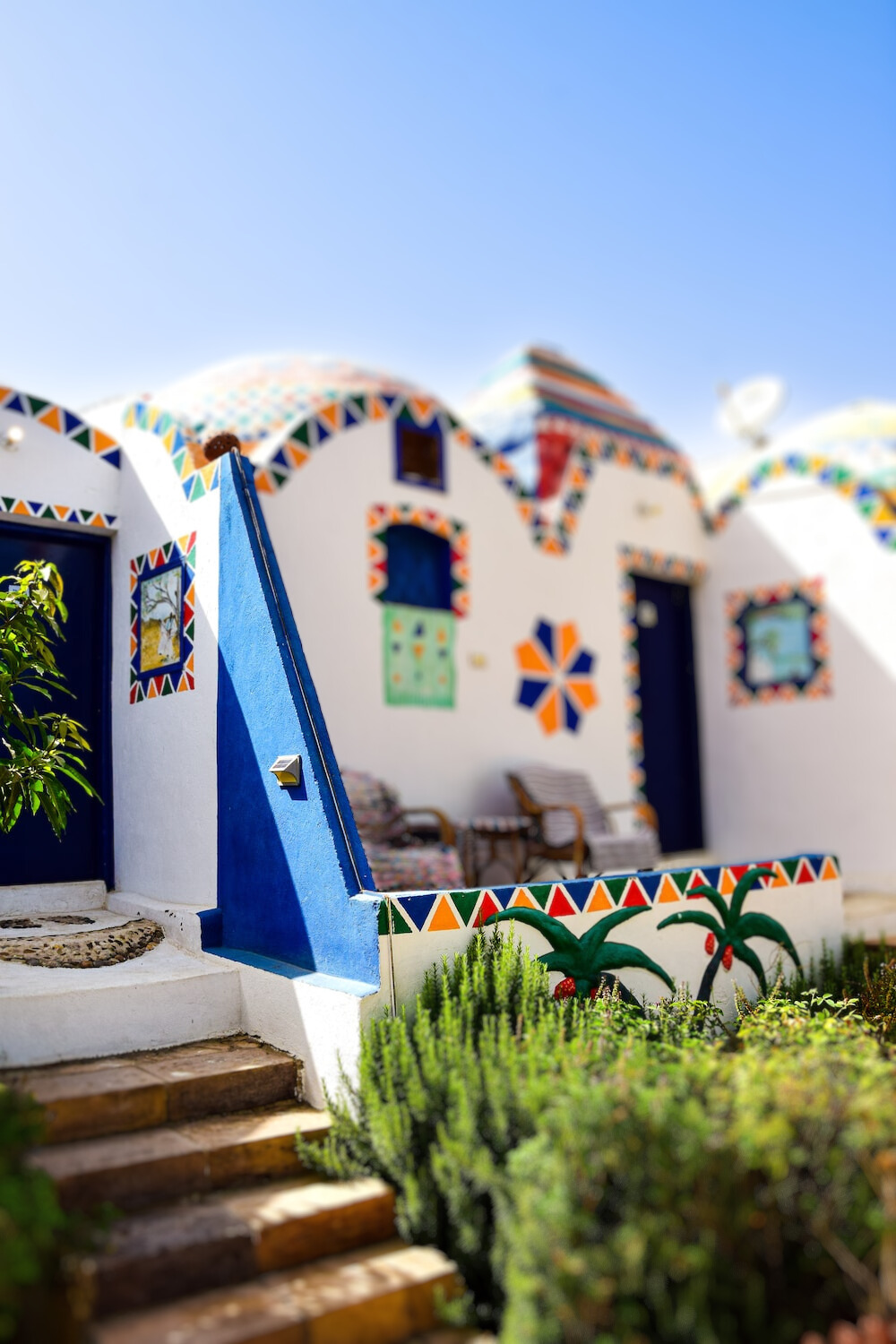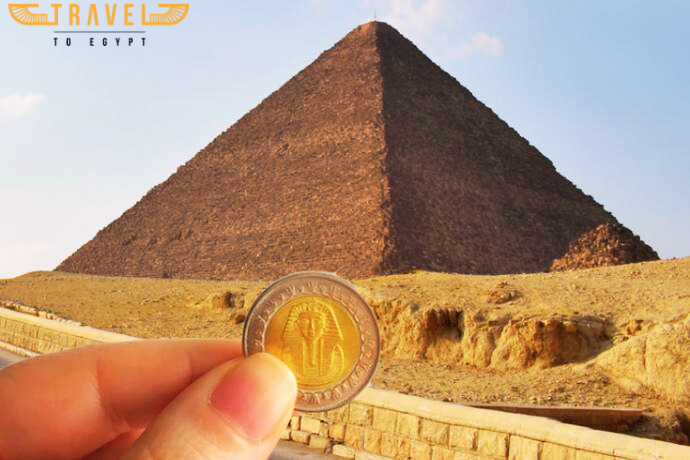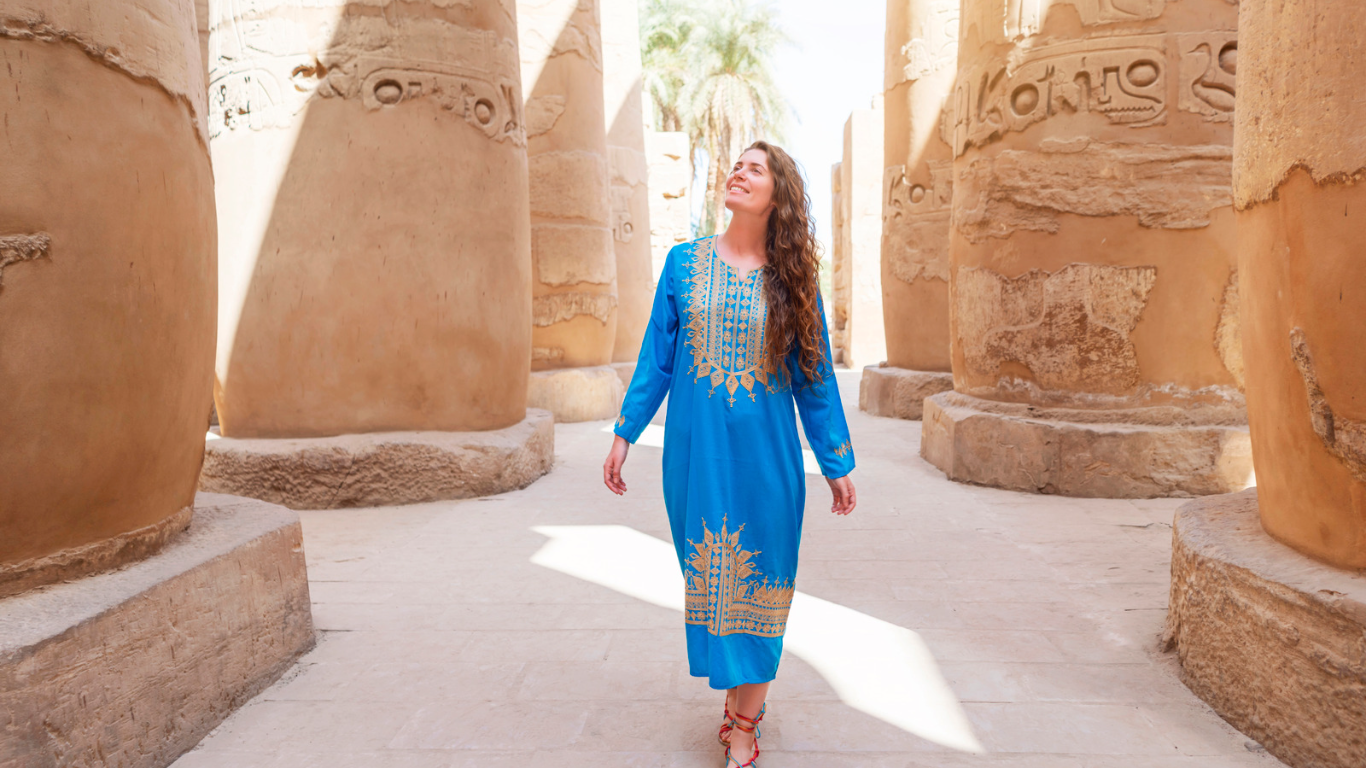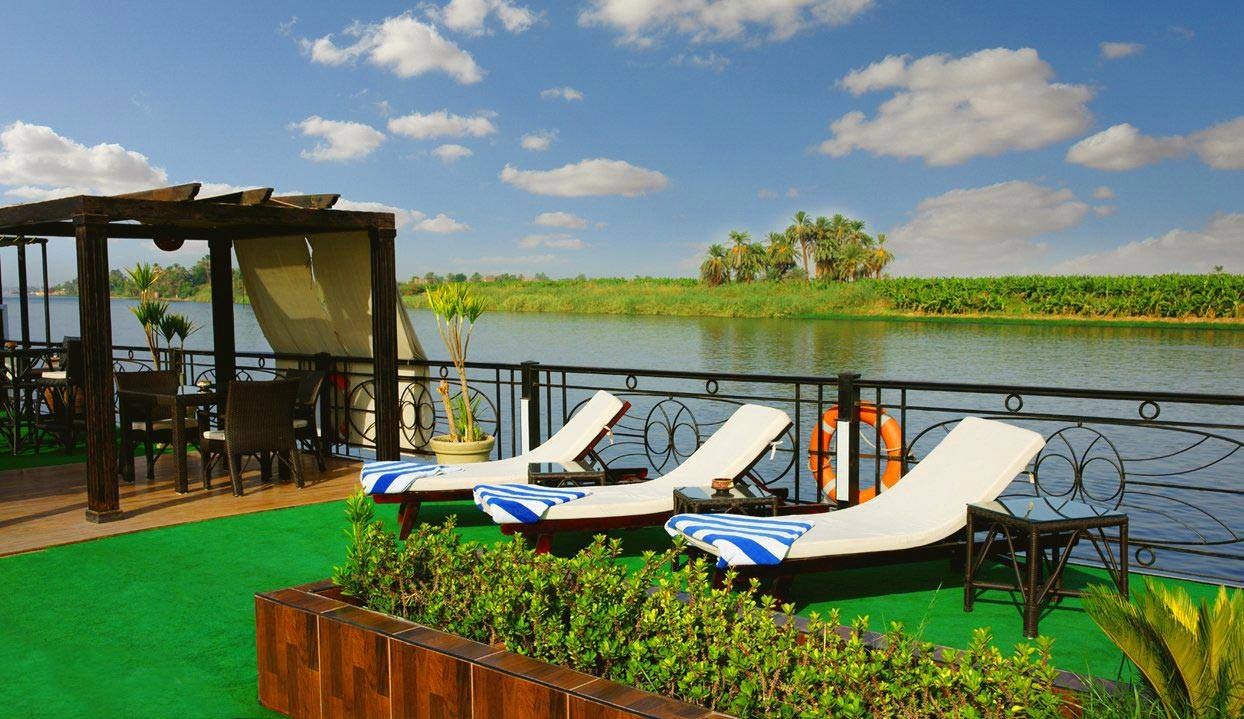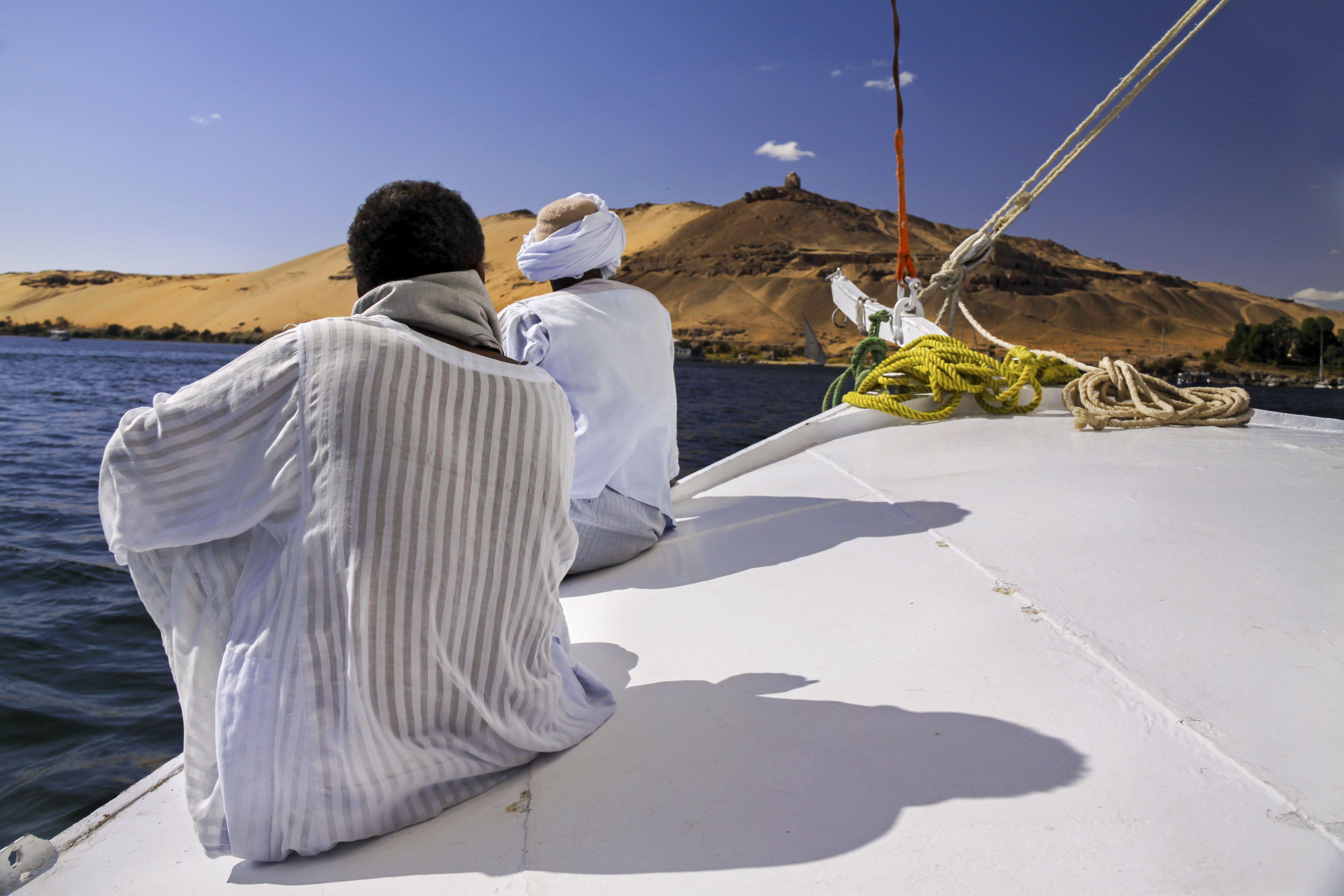- Shoroq Samir
Jerash City | Best Places At Jerash City
erash city is located north of Jordan kingdom with more than 237,000 population , the city is divided with the golden river linking the west and east some roman bridges. Jerash is one of the most preserved Roman architectural sites in the world outside Italy until this day, the streets are still colonnaded , bathrooms, theaters, public squares and fountains are in exceptional condition. Within the city's remaining walls, archaeologists have found ruins of settlements dating back to the Neolithic period, indicating human life activities at this site for more than 7,500 years.
History of Jerash city
First, Arab B.C named the city as "Garshu" which means the place full of trees, Greeks during the Hellenistic period and roman as well called the city "Gerasa", during the fourth century B.C the city flourished under the rule of Alexander the great and started to grow from small village to thriving city , it was one of the greatest roman cities in the Decapolis league(federation of Greek cities) .the city of Jerash reached its prime time during the third century B.C with 20,000 population ,later it was invaded by Persians and then captured by Muslims. Jerash city badly suffered from some earthquakes led to evacuations and the city remained lost ,buried under the sand until it was discovered by German traveler (Ulrich Jasper Seezten) in 1806,the city has been excavated since 1952 and the process is continued until now.
Neolithic age
the excavation team of Jordan university unearthed some human skulls and found remains of settlements date back to the Neolithic age (7500-5500B.C) in Jerash city, this is realistic evidence of Jordan being in habited some primitive civilizations existed. during the Neolithic aged and that
Roman period
in 63 B.C Jerash and some Decapolis cities were conquered by the roman emperor Pompey ,Jerash city under the rule of Romans prospered and flourished in trade route of spice and insects, beside this, the city gained its prestige and almost was autonomous .when emperor Trajan joined Petra to the roman empire in 106 AD, Jerash city even gained wealth and flourished economically and socially in the second century when many temples were built including the temple of Artemis and the temple of Zeus .after a period of weakness in the third century , Jerash was reborn again as a Christian feature during the byzantine era and specifically under the rule of Justinian (527-65) when at least seven churches were built .
Persians and Muslims Caliphate
,between 614_630 CE. the Persians plundered Jerash in the most horrible way , by the tome Muslims arrived in 636 CE ,the city was too weak so it surrendered without any resistance . the city of Jerash started to heal by time during the Umayyad caliphate (661-750 CE) but was still very humble city so the wealthiest citizens moved to Damascus (the capital of Umayyad .Islamic caliphate
(Soon, the Umayyad period is over and the Islamic domination went to the hands of the Abbasid caliphate in (750-1258 CE
once the Islamic capital was replaced from Damascus to Baghdad ,Jerash city entered into steep decline as being so far from the governance center. The frequent excavations started from 1920s to 1930 and still so many sites being excavated until now, since the city passed by many periods and civilizations you'll find that the city has some ancient mosques and churches beside the roman archaeological sites.
Best Places at Jerash city
Jerash indicates a real example of the Roman urbanism characterized by its freestanding structures ornate with marble and granite which most of them survived until our day and the rest resorted by scientists from .all over the world
. Jerash is a Jordanian city full of heritage and history ,the city was within a group of Romans ten cities(Decapolis) and was inhabited for two thousand years ,our travel to Egypt agency offers some packages including tours to Petra and Jerash ,the city is divided into two half's the modern quarter and the historic quarter which the kingdom of Jordan government do its best to protect and look after the preserved Roman monuments ,here's a guide of best places our team will take you to during Egypt and Jordan Tours.
The colonnaded street
this 800m long street was the central point of jerash , the street was more than a colonnaded cardo, it had the sewage system of the ancient city ran underground the paved street with holes on each side to drain the rainwater into the sewers.
Hippodrome
originally designed for chariot races, gladiators battles and sport events with 245m long, 52m wide and the capacity of 15,000 spectators. The date of the hippodrome erection is not certain but it could be between the mid of the second to the third century AD.
Hadrian's arch
this amazing triumphal arch was built in 129AD to commemorate the visit of the emperor Hadrian to Jerash city and was estimated to be the south gate of the city but the expansions were never completed .
The oval plaza
this extensive plaza occupy the space of 90mx80m, the plaza is surrounded by ionic columns colonnaded since the first century and comprises a fountain in the middle dates back to the seventh century AD.
South theatre
this theatre was built during the reign of emperor Domitian 90-92AD,the 3000 spectators capacity theatre has such a unique roman interior design and intelligent as well which allows anyone stands in the center of orchestra floor to be heard throughout the entire auditorium without raising his voice, the first level of the theatre is reconstructed and recently used ,Moreover, the theatre has tow passages leads to the orchestra floor and the other four passages leads to upper rows with reserved Greek letters existed till our day.
North theatre
was built in 165AD for performances and city small meetings with only 14 rows , but later , it was developed in 235AD to its recent capacity of 1,6000.badly,the theatre was no longer used in the 5th century so the stones were taken for constructing other buildings .
Cathedral
is a byzantine church which has the shrine of St.Mary up stairs and some painted engravings the angels Michael and Gabriel . the church once was carved Roman temple dedicated for Dionysus built in the second century and was rebuilt as a church in the fourth century .
Nymphaeum
is an ornamental fountain indicates the creativity of the Roman architectural in 165AD , it’s such a fine example for similar fountains that were used as central points in the ancient Roman streets. The fountain is embellished with marble and some paintings, also there are lion headed statues on the sides where the water flows from the fountain through drains to basins ends up to the sewage system
